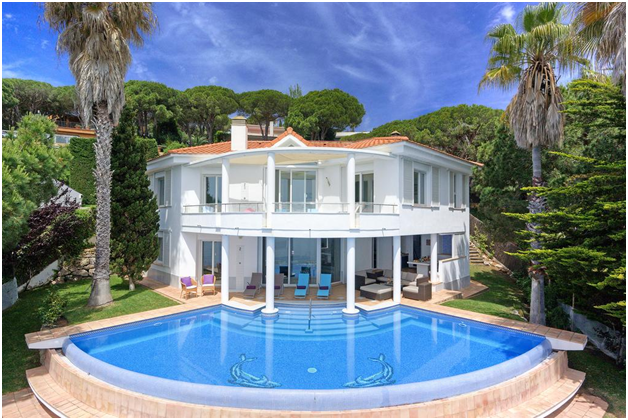Lloret de Mar is situated in Catalonia, Spain, and is a Mediterranean coastal town. It is about 75 km i.e., 47 miles northeast of Barcelona and about 40 km i.e., 25 miles south of Girona. It is also known as the second largest town in Selva Comarca of Catalonia. Lloret de Mar tends to be a great tourist attraction in the summertime. The most popular beaches are the Costa Brava beaches. These beaches are frequently awarded the Blue Flag for its cleanliness.
The following places situated in Lloret de Mar are trendy and shouldn’t be missed as it fulfills the whole experience of taking a tour of this coastal town. Villa Lloret del mar is best private accommodation to enjoy your holidays.
- Lloret Open Museum (MOLL)
This is a must-visit for all the tourists, as it helps discover various places of historical interest, as well as cultural and natural interest. This museum has an open space, doesn’t have any walls, and tends to cover various locations throughout the territory. It helps you find out more about the town’s heritage and gain an overall knowledge of its history and events that took place over time.
- The Santa Clotilde Gardens
This is a garden that is landscaped in a beautiful setting i.e., on top of the cliff. Due to the location, it has breathtaking views over the sea. This place tends to set an example of the spirit that filled the Noucentista movement in Catalonia with life and joy all over. This was an early 20th-century movement for renewing the aesthetics and the intellectuals.
- Parish Church of Sant Roma
This is one of the best destinations and attractions that need to be on your bucket list. It is known to be one of the most representative buildings of the town.
- Modernist Cemetery
This cemetery tends to preserve traces of the Indian culture. The graveyard was reconstructed and renovated at the end of the 19th century. This renovation was done by an individual sector of the population that has become rich, and some were linked or related to America. As a result, it promoted more wealth and high sea trading.
- Maritime museum – Can Garriga.
This museum is known to be another surviving example of the traces that the indigenous left. This is one of the few remaining museums in Lloret, along with Casa Front and Comadran. They are situated in the heart of the old area of the town. It is a must-see.
- Es Tint
Previously, every single coastal town-owned premises of this type, which were customarily run by the local guide. There aren’t many of those who have survived till now, but on the Costa Brava, the Sa Perola buildings in Catella da Palafrugell and Es Tint Lloret de remain.
- Coast Walks
The most enjoyable way to feel the essence of the Lloret de Mar is to take multiple coasts walks along the coastlines and the woods.
- Sant Joan’s Castle
This castle is located on the top of the hill, which separates the beaches of the Lloret de Mar and the Fenals. This dates back to the starting of the 11th century. It was possibly present during the age of Lady Sicardis and her sons, as well as Lords of Lloret from 1041 to 1110. This is an attractive destination for tourists due to its historical significance.
